Free-living bees and big old trees
Synopsis: Ancient and veteran trees include many big enough to house a colony of free-living honey bees. Here is some science and speculation on the trees, the bees and what to look for.
Introduction
Why are the copses, coppices and thickets of the UK (or for that matter Europe or much of North America) not filled with large numbers of free-living honey bee nests?
Deja vu? …
Don’t worry, you’re not losing your mind. That was exactly the same sentence I started the post with last week.
It’s a valid question.
If you accept the numbers I presented last week – remembering it was a meta-analysis of a relatively small number of experimental studies yadda yadda – then there are large numbers of free-living honey bee colonies somewhere out there in the environment.
All around us.
It’s a nice thought isn’t it?
How many?
Well, it depends a bit on how you calculate it.
Calculators out!
The density of free-living colonies in Europe was 0.26/km2 and managed colonies outnumbered them about 4:1. Calculated from the area (~243,000 km2) this works out at 63,000 free-living colonies in the UK. The estimated hive number here is 288,000; using that as the basis for the calculation gives an answer of 72,000 free-living colonies scattered around this little island.
Let’s split the difference and call it ~67,000.
And for North America (where the free-living colony density was 1.4/km2)? Using the same sort of calculations things aren’t in quite such good agreement. The North American continent {{1}} has an area of ~24.7 million km2 and contains ~3.4 million managed colonies. Based upon area, it’s predicted that North America contains ~34.6 million free-living colonies. From managed colony numbers (which are outnumbered 7:1) the number would be ~24 million.
Again, let’s split the difference and assume it’s 29 million free-living colonies.
Remember, there are all sorts of assumptions made in the preparation of these numbers but, whatever way you look at them, it’s a heck of a lot of bees.
So, where are they?
Northern climes and adverse environments
Recent evidence suggest that Apis mellifera evolved in Europe and spread to southeast Europe and Asia Minor (Carr, 2023), splitting into the various sub-species like carnica, ligustica and others. The honey bee is native to Europe, but was introduced to North America (in 1622; Carpenter and Harpur, 2021).
Despite originating in a northern climate, honey bees cannot naturally survive in some of the most northerly areas of these two continents – the winters are too long and/or the forage available is insufficient.
In addition, there are warmer regions in both continents that are largely or completely unsuitable for honey bees; for example, they are too dry, have too little forage throughout the season or lack any natural nest sites.
Therefore, the natural distribution of honey bees will be ‘patchy’, higher where conditions are favourable, low or absent elsewhere. In the diagram above, some areas have high concentrations of nest sites (blue), others, not so much (green) and some, none at all (red).
All this is further complicated by the presence of managed colonies that share the same environment. Lost swarms from these managed colonies become established in natural nest sites, most will perish but some may survive (evolving from managed to feral to free-living, or at least being defined as such as time passes).
All of which is a convoluted way of saying that the colony densities of 0.26/km2 or 1.4/km2 will become less and less accurate as you look at smaller areas … like during a walk through the countryside on a summer afternoon.
But which areas are most likely to have free-living colonies?
Bosky groves
The honey bee evolved to nest in cavities. Therefore, unless all these free-living colonies are in caves or man-made structures (e.g. old churches) they are most likely to be occupying cavities in trees.
James Joyce used the term ‘bosky grove’ in Ulysses …
“of bosky grove and undulating plain and luscious pastureland of vernal green”
Bosky means ‘full of thickets or brush’, and I deliberately used ‘thickets’ in my opening sentence. I didn’t use bosky as I wanted you to continue reading the post 😉
Bosky groves, as well as “copses, coppices and thickets” (and in particular the last two), imply immature woodland, lacking many or potentially any substantial trees defined in terms of their height or – more importantly as far as bees are concerned – their girth.
Why girth?
Because a honey bee nest is quite a large structure and a small tree, or even a medium sized tree, is unlikely to have sufficient girth to accommodate it. And the only way the tree will have acquired sufficient girth is by growing for a long time.
Hence the ‘big old trees’ in the title of this post.
And it’s these these big, and therefore old, trees that I want to discuss for the remainder of this post following the publication of an interesting paper on the topic by Oliver Visick and Francis Ratnieks from the LASI group at the University of Sussex.
Preferences
Both observational and experimental studies have shown that the honey bee preferentially chooses voids of ~40 litres with a small (~10 cm2), south-facing, entrance located over ~5 metres above ground.
The observational studies involved finding trees containing bees (‘bee trees’) and physically measuring the characteristics of the hollowed out trunk or branch.
The experimental studies involved offering swarms the choice between large or small voids, or large or small entrances or north or south facing (OK, you get it) … and determining which they prefer.
For example, they choose 40 litre voids in preference to 10 or 100 litres. These experiments are discussed in Honeybee Democracy by Thomas Seeley who conducted the majority of these studies.
Whether they’d prefer a 75 litre void 7.5 metres above ground with a 12.5 cm2 entrance over one facing north of 37 litres, 2 metres up, with a much larger entrance was not tested.
Bees can’t be too choosy
Nest site choice is an inexact science.
It has to be.
Nest site preferences in honey bees evolved before hives existed, or for that matter church towers, or our ancestors.
By which I mean Homo erectus, over 2 million years ago, not your grandparents.
Natural voids either exist in caves or in trees, and there are a lot more trees than there are caves. Furthermore, trees come in all shapes and sizes. Therefore there must be flexibility in the choice that the bees make.
One thing the bees do not care about is the shape of the void.
Spherical, cylindrical, cuboid, pyramidal … whatever.
This again makes sense. The void (or hollow) in the tree results from natural damage, such as a branch breaking off following by water ingress, or a woodpecker or a variety of other causes that do not create spaces of a particular geometric shape.
How big are bee trees?
So how big does a tree have to be to accommodate a honey bee nest?
Let’s make some assumptions {{2}}.
Let’s assume that the void is a sphere {{3}}. In addition, let’s also assume that the trunk of the tree needs to be at least 10 cm thick all around the hollow to create enough structural rigidity that the tree survives winter storms.
As an aside, do the bees choose better insulated cavities with thicker walls? I’m not sure whether the scout bees could assess this (and they’re the ones making the choice) but it would be interesting if they did. Someone needs to apply for a research grant …
You of course know (and I Googled) that the diameter of a sphere can be calculated from it’s volume using the following equation:
ø = ∛(6 · V / π)
Therefore a 40 litre spherical void has a diameter of 42 cm.
Add 10 cm on each side (as described above) and you end up with a diameter a bit over 60 cm. A tree of this diameter would have a circumference of ~1.8 metres.
Ideally that’s at 5 metres above ground level.
I’m a bit over 1.85 metres tall and my reach is almost exactly the same as my height. If my assumptions are correct, I would just be able to reach around the trunk of a tree large enough to accommodate this theoretical or modelled honey bee nest site.
That is, if I could reach three times my height above the ground. At chest height (much easier to measure) it would be bigger still.
My assumptions probably aren’t correct {{4}}.
Cylinders not spheres
You can think of the sphere as a modelled honey bee nest site. The biochemist Erwin Chargaff once said:
One of the most insidious and nefarious properties of scientific models is their tendency to take over, and sometimes supplant, reality.
And, because I don’t want you to think that honey bee nests are spherical, let’s review our thoughts of the preferred shape and size of voids in trees, and the trees that house them, using some real data i.e. ‘reality’.
Firstly, tree trunks – at a first approximation – are cylinders. Therefore it’s probably reasonable to assume that they could accommodate a cylindrical void more easily than a spherical one. This would offer the advantage that, assuming the volume of the void was sufficient (by being longer), the flanking wall thickness could be greater, providing more structural rigidity.
That’s not reality … that’s mostly arm waving.
OK … is this better?
Thomas Seeley and Roger Morse (Seeley and Morse, 1978) measured 21 natural nest sites in trees. The majority were in oaks (Quercus sp.). Here are a couple of relevant quotes from the paper:
All nest cavities were vertically elongate and approximately cylindrical {{5}}.
… and …
The mean cavity diameter, height and (height/diameter) ratio were 22.7 cm, 156 cm and 7.2, respectively,
And, just for completeness, using V = πr2h, a cavity with those dimensions would have a volume of ~63 litres.
Wall thickness and trunk diameter
Unfortunately, about the only thing that Seeley and Morse appear not to have recorded is the thickness of the walls of the tree trunk surrounding the void, or the diameter of the trunk {{6}}.
A rather cursory late night search of the literature turned up a Bee Culture article on thermal efficiency which stated that
… honey bees have thick walled (average 150mm) tree nests.
If you know of a better source {{7}} please add a comment below.
So, where are we? The average diameter of the void occupied by free-living honey bees in the Seeley and Morse study was ~23 cm, and we might expect that would be surrounded by walls that were ~15 cm thick.
Therefore, the diameter of the trunk would be ~53 cm, giving a girth (2πr) of 1.67 metres.
Here endeth the geometry lesson {{8}}.
Big trees are old trees
Trees taper. They are wider nearer the ground. Therefore a tree with a girth of ~1.7 m at the height of the honey bee nest site would have a larger circumference at chest height … which is the normal height above ground that trees are normally measured at {{9}}.
It turns out {{10}} that there are forester’s calculations for how much greater the diameter is, related to the Girard form class and expressed in terms of tree taper, but let’s assume an extra 30 cm.
Trees grow relatively slowly. An oak with a girth of ~2 metres at chest height is probably about 80 years old (PDF).
And that’s a relatively small and young tree … for an oak.
The fantastically named Big Belly Oak in the Savernake Forest has a girth of 11 metres and is thought to be ~1000 years old. There are similarly aged trees – not just oaks – some of which are even larger. The Monumental Trees website catalogues some of these behemoths.
Tree-huggers and citizen science
Bosky groves, coppices, copses, thickets and spinneys are unlikely to contain trees old enough (or, more specifically, big enough) to accommodate a free-living honey bee nest.
Bigger is better.
Bigger trees mean potentially larger cavities or – much more important – more opportunities for cavities of the right size. A very old, very large tree will have lost more limbs, been nested in by more woodpeckers, attacked by more fungi etc. and so is likely to offer more potential nest sites for a homeless swarm.
The Monumental Trees website is a citizen science project. You can register and add notable trees. There are ~60,000 already listed (worldwide, I can’t find a breakdown by country) .
However, much more interesting is another citizen science project, the Ancient Tree Inventory (ATI; Nolan et al., 2020), because:
- it lists ~190,000 notable – often large and/or old – trees in the UK
- a careful survey of 1052 of these notable trees showed that over 4% of those that had cavities were occupied by bees (Visick and Ratnieks, 2023)
The ATI website is hosted by the Woodland Trust. I couldn’t get the maps to display properly on my usual browser (Vivaldi), but it worked fine with Safari. If at first you don’t succeed … .
Mighty oaks from little acorns grow
Many of the mightiest oaks were probably felled in the 18th and 19th Centuries during the boom in shipbuilding needed to build the Royal Navy and for the expansion of the British Empire. The loss of these trees was also bad news for barbastelle bats. Replacements planted will only now be growing into substantial trees.
Many of the trees that survived the ravages of the shipbuilders were in the ornamental gardens of stately homes or deer parks. Consequently there is a higher density of these ‘trees of special interest’ (TSI) in the ATI database in these landed estates. TSI’s are defined as:
… old trees that usually exhibit veteran characteristics, such as a hollowing trunk, crown retrenchment and the presence of saproxylic fungi
The ATI defines trees as ancient or veteran depending upon the amount of these characteristics that are present.
Visick and Ratnieks (2023) surveyed 1052 TSI’s in the south-east of England before the onset of swarming recording evidence of cavities and the presence of honey bees.
By surveying sites early in the year there was less leaf-cover, making the surveys a bit easier, and it was likely that any bees had been in residence overwinter.
Of the 1052 surveyed, 481 (45%) had visible cavities and 21 contained honey bees (i.e. 2% of the total trees, or 4.4% of those with cavities). During the survey an additional 15 ‘bee-containing trees’ were located that were not listed in the ATI. Two trees contained two colonies.
Characteristics of the trees … and the bees
Bees were found in oak (Quercus), sweet chestnut (Castanea), beech (Fagus), ash (Fraxinus), pine (Pinus) and lime (Tilia). Only the sweet chestnut contained more colonies than expected (7% vs 2% overall), presumably because these trees were some of the largest surveyed and ~75% of them contained cavities.
Of the 1052 trees surveyed, 65% were oak, 8% sweet chestnut and 7% beech.
The TSI ‘bee trees’ were larger (1.7 m diameter, so a girth of ~5.3 m and therefore probably about 350 years old {{11}} ) than those not containing bees (~1.3 m diameter).
The clue was in the title of the post … these are ‘big old trees’.
The median cavity entrance height was 6.8 m (range 0 to >18 m) but entrance compass orientation was apparently random.
The south east of England is densely populated and there are a lot of beekeepers in the area. The landed estate with the greatest density of TSI’s, and the largest number surveyed, was Hatchlands Park, a National Trust property near Guilford in Surrey.
Within 10 km of this location the National Bee Unit’s BeeBase records 412 other apiaries {{12}}. My back-of-an-envelope calculations suggest that the managed hive density in the area is 4-6 hives / km2.
These free-living bees are not an isolated population. Whether they are truly self-sustaining or – like the Central European population studied by Patrick Kohl et al., (2022) – dependent upon an annual influx of lost swarms, remains to be determined.
I’ve not checked the other locations surveyed but suspect – like other free-living populations – they are all in areas containing numerous managed colonies.
21 down … 66,979 to go
If you have a good memory you’ll remember that about 3,000 words ago I estimated there might be 67,000 free-living honey bee colonies in the UK.
Visick and Ratnieks have found 21 of them. More importantly, they have shown that a database of venerable old trees provides a route by which significant numbers of such colonies can be located.
Assuming that 2% of the known TSI’s across the UK are ‘bee trees’ then they may home as many as 3,300 free-living colonies.
However, the ATI database ‘only’ lists 190,000 trees while geospatial data suggests there are about 3 billion trees in the UK, though most are wholly unsuitable for bees.
We don’t know how many TSI’s there are in the UK, though Nolan et al., (2022) suggests that the ATI database may only list ~10% of the total in England. Assuming 2% occupancy by bees this would be ~40,000 free-living colonies.
There are lots more ancient and veteran trees out there to be found and recorded … and searched for bees.
Finally, for those of us living in the remote, colder, wetter more northern locations in the UK (and by extrapolation similar locations in Europe and North America) don’t think that all these ‘bee trees’ are in the balmy south. Ann Chilcott (of the excellent www.beelistener.co.uk) and Thomas Seeley (PDF) found free-living colonies in Cawdor Wood in Scotland.
If you go down in the woods today … {{13}} you may be in for a pleasant surprise.
Of course, today there will be no bees about as it’s too damn cold.
Notes
Going back briefly to my guesstimates of minimum ‘bee tree’ diameters … it’s worth noting that only 5% of the TSI’s that were occupied by bees (see the graph above) had a diameter less than 1 m. However, these trees are notable – being large/old – and so perhaps not representative. I’m sure that smaller trees can be occupied by bees, but that large (and therefore old) trees are much more likely to be ‘bee trees’. It’s also worth noting that the percentages of dark grey bars in the graph add up to 105% !
There are other efforts being made to catalogue free-living colonies e.g. HoneyBeeWatch, which are really outside the scope of this post. I wanted to introduce the concept of ancient and veteran trees as potential homes for honey bees, to discuss the recent scientific evidence and, hopefully, encourage you to find similar trees (and bees).
References
Carpenter, M.H., and Harpur, B.A. (2021) Genetic past, present, and future of the honey bee (Apis mellifera) in the United States of America. Apidologie 52: 63–79 https://doi.org/10.1007/s13592-020-00836-4.
Carr, S.M. (2023) Multiple mitogenomes indicate Things Fall Apart with Out of Africa or Asia hypotheses for the phylogeographic evolution of Honey Bees (Apis mellifera). Sci Rep 13: 9386 https://www.nature.com/articles/s41598-023-35937-4.
Kohl, P.L., Rutschmann, B., and Steffan-Dewenter, I. Population demography of feral honeybee colonies in central European forests. Royal Society Open Science 9: 220565 https://royalsocietypublishing.org/doi/10.1098/rsos.220565.
Nolan, V., Reader, T., Gilbert, F., and Atkinson, N. (2020) The Ancient Tree Inventory: a summary of the results of a 15 year citizen science project recording ancient, veteran and notable trees across the UK. Biodivers Conserv 29: 3103–3129 https://doi.org/10.1007/s10531-020-02033-2.
Nolan, V., Gilbert, F., Reed, T., and Reader, T. (2022) Distribution models calibrated with independent field data predict two million ancient and veteran trees in England. Ecological Applications 32: e2695 https://onlinelibrary.wiley.com/doi/abs/10.1002/eap.2695.
Seeley, T.D., and Morse, R.A. (1978) Nest site selection by the honey bee,Apis mellifera. Ins Soc 25: 323–337 https://doi.org/10.1007/BF02224297.
Visick, O.D., and Ratnieks, F.L.W. (2023) Ancient, veteran and other listed trees as nest sites for wild-living honey bee, Apis mellifera, colonies. J Insect Conserv https://doi.org/10.1007/s10841-023-00530-7.
{{1}}: North America and Canada.
{{2}}: I love ‘guesstimates’.
{{3}}: Which suits my very basic geometry.
{{4}}: But then, regular readers knew that.
{{5}}: Ha! Told you so.
{{6}}: It’s worth reading the 1978 paper. They measured a lot of different features of natural nests; not just the tree void, but all sorts of interesting features of the comb as well.
{{7}}: With data … not just assertions.
{{8}}: However, it’s worth noting that my modelled spherical nest/trunk was only ‘out’ by about 10% … take that, Erwin!
{{9}}: It’s often measured and referred to as GBH, for ‘girth at breast height’.
{{10}}: Who knew? Not me.
{{11}}: Assuming they were oaks.
{{12}}: And not all beekeepers are registered on BeeBase.
{{13}}: The opening line of the song Teddy Bears’ Picnic, though it is regularly written as If you go down to the woods today.
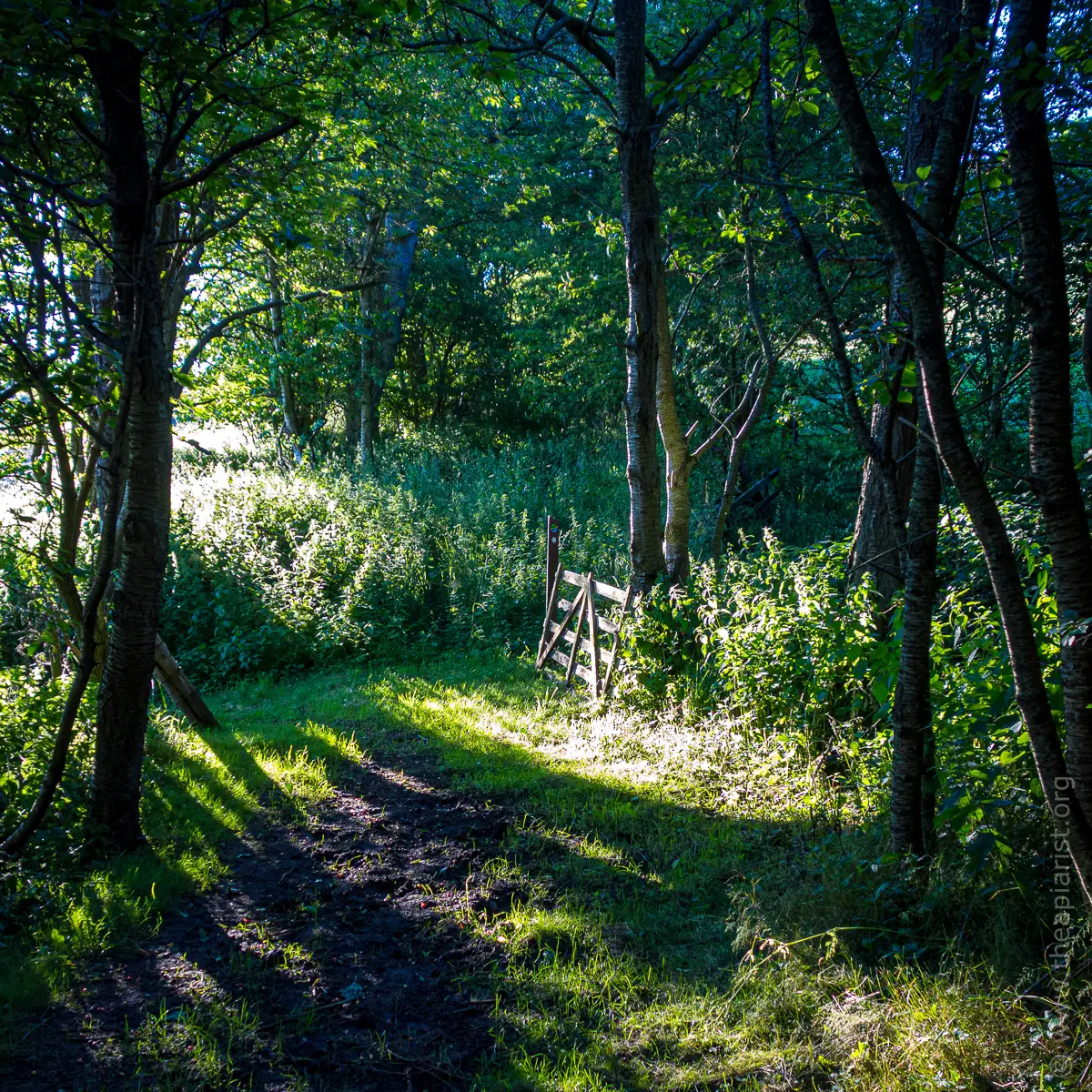

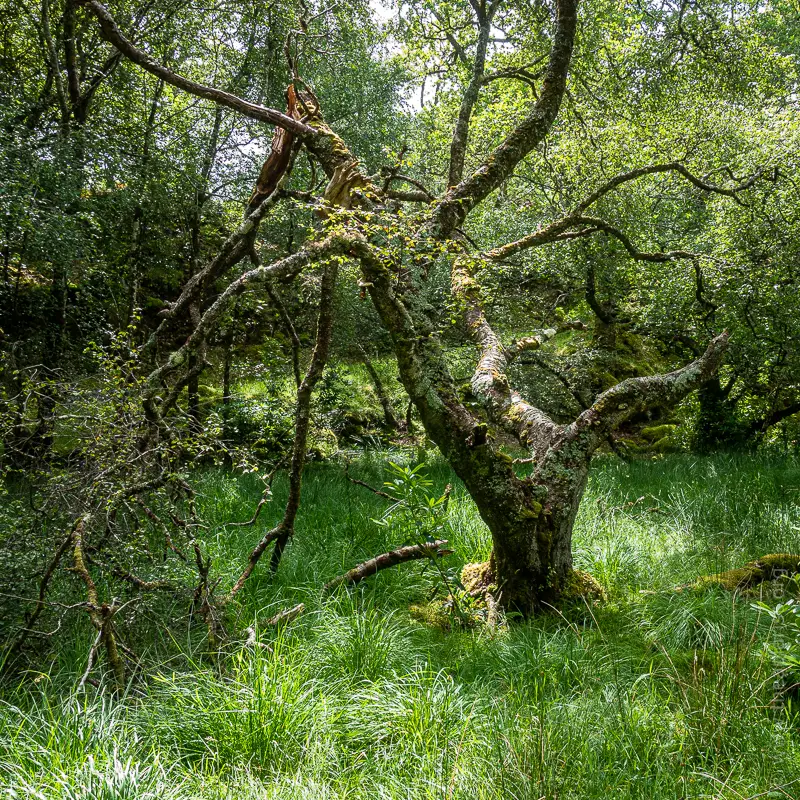
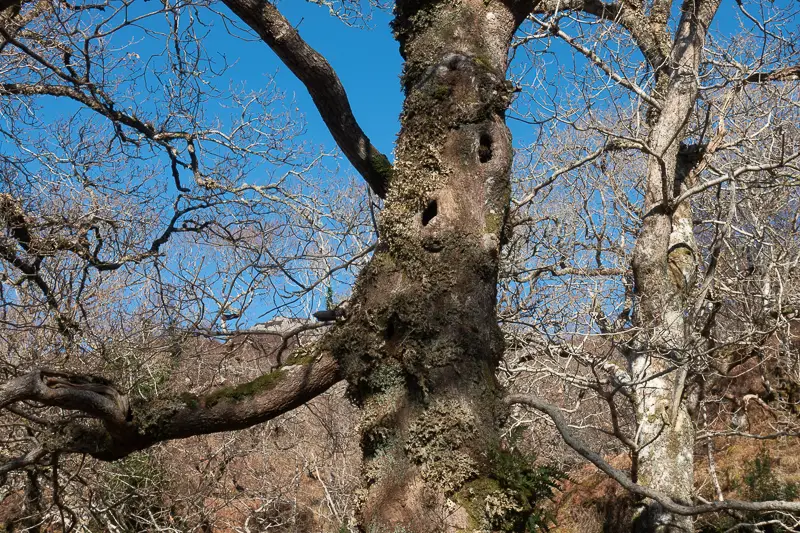
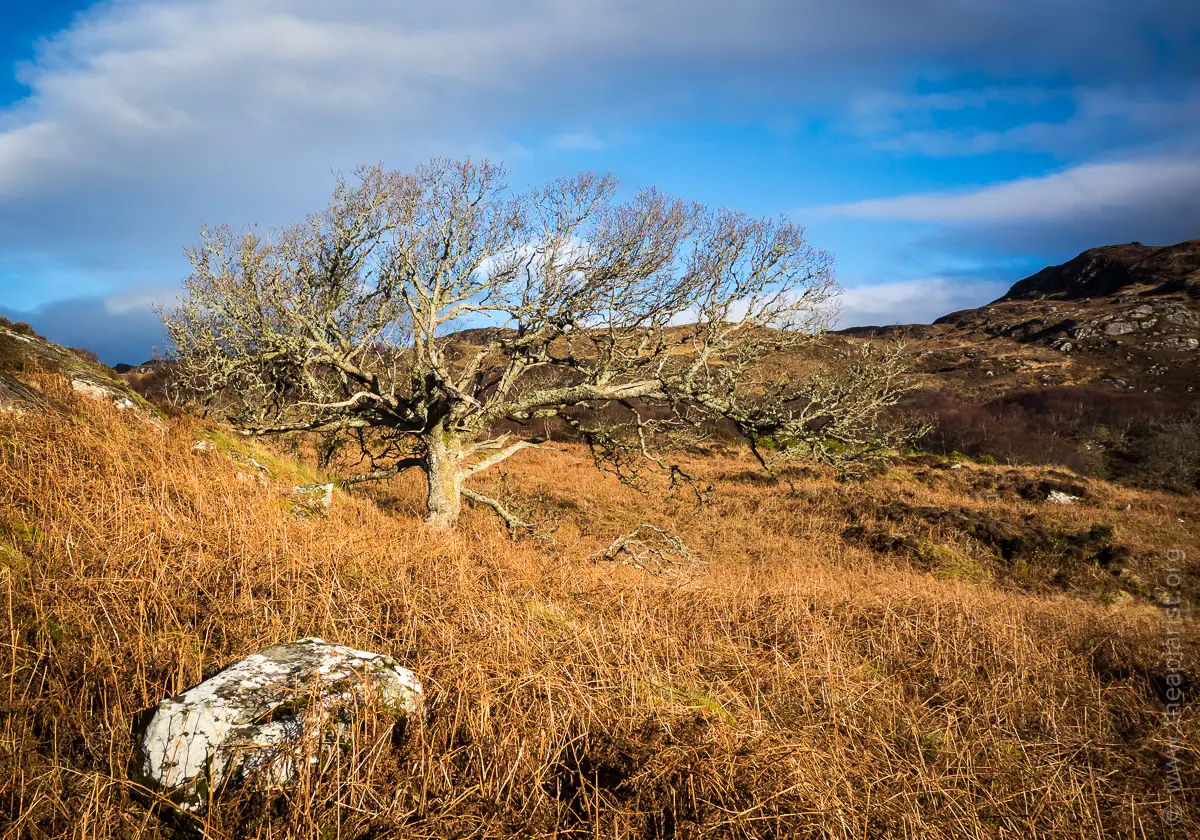

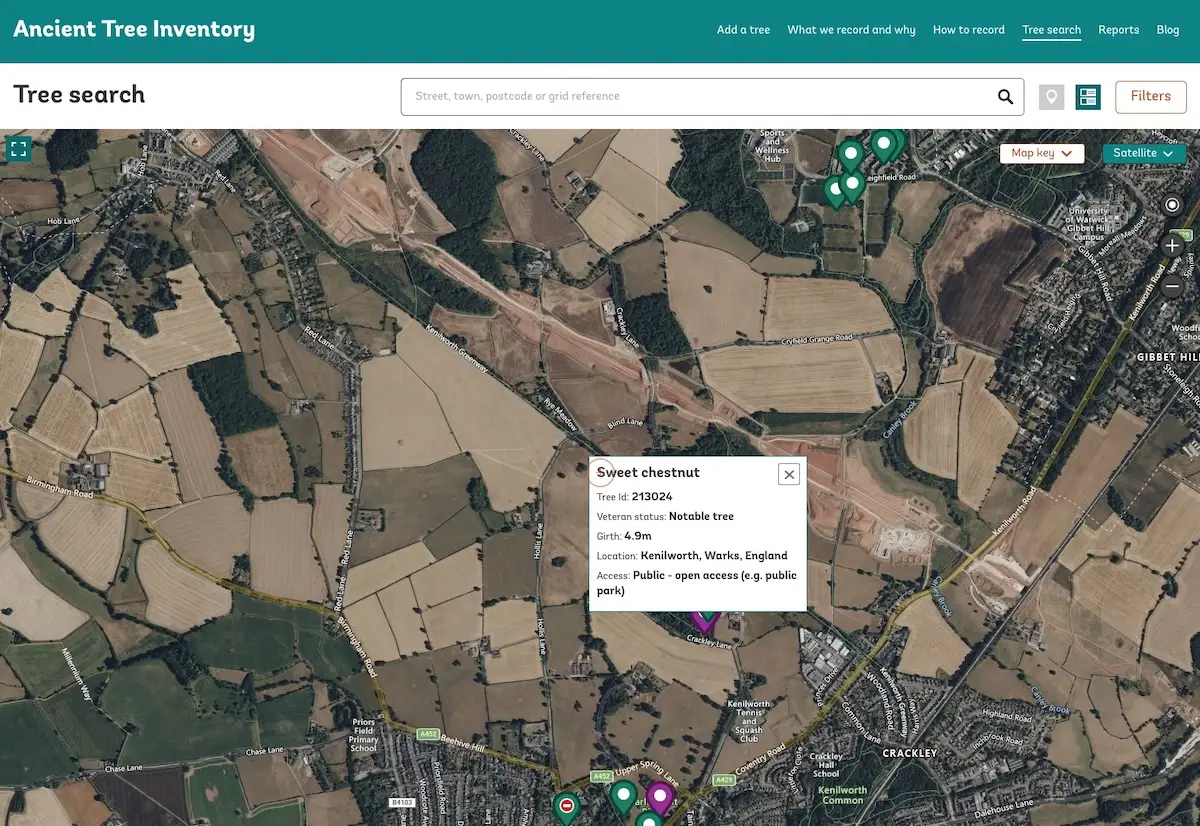
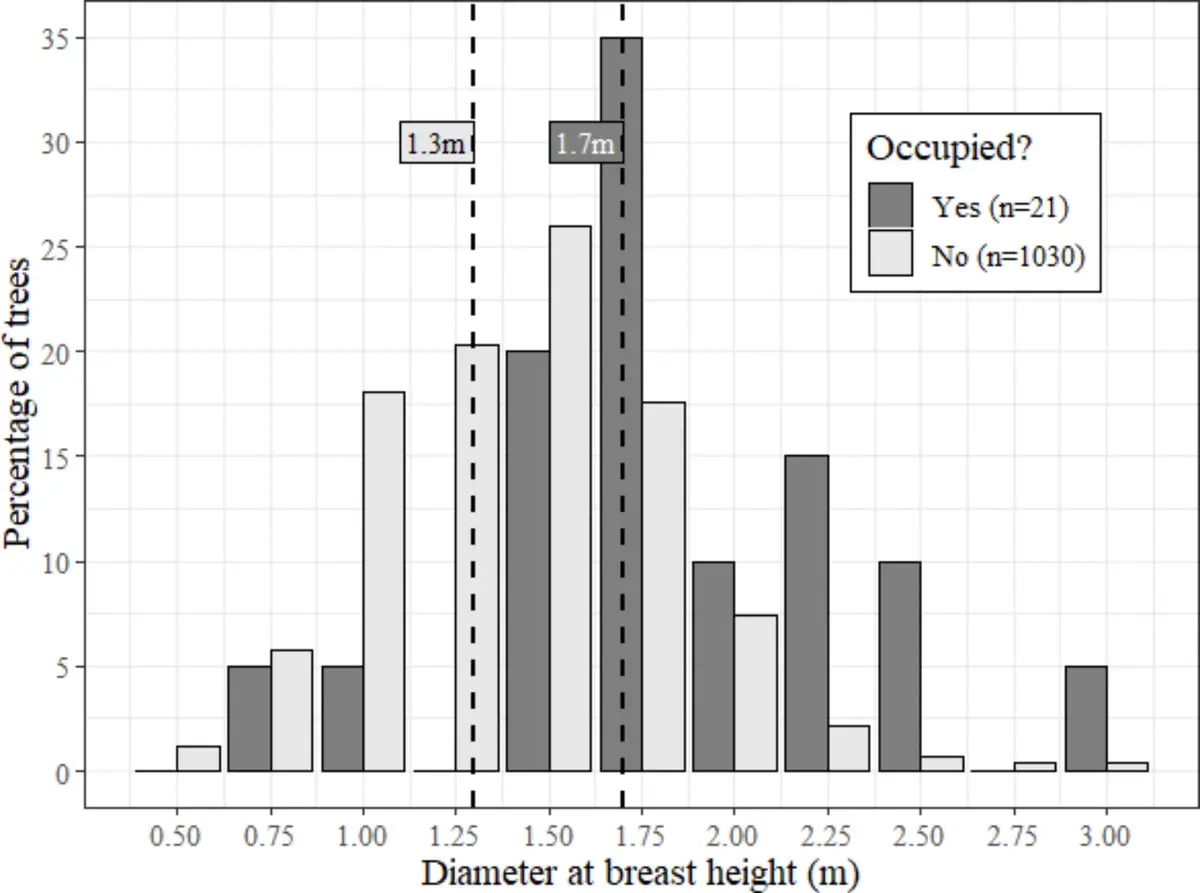

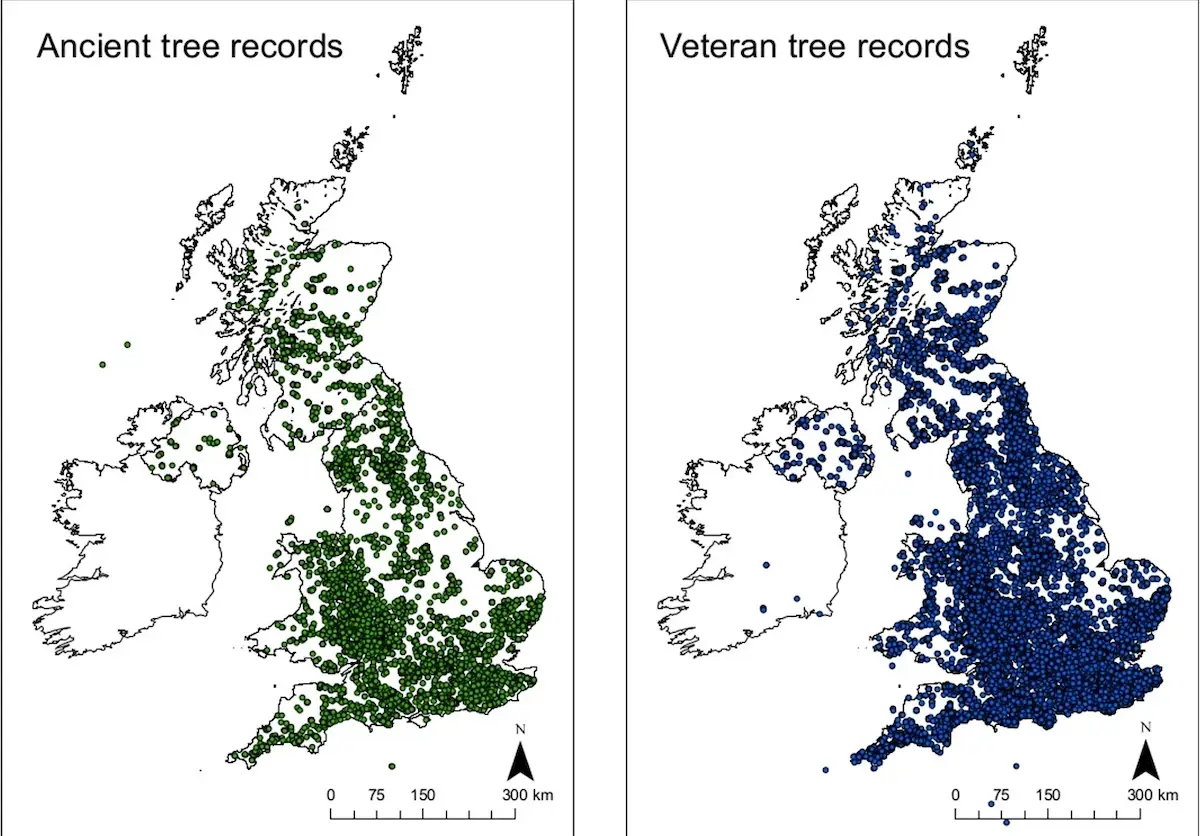

Join the discussion ...